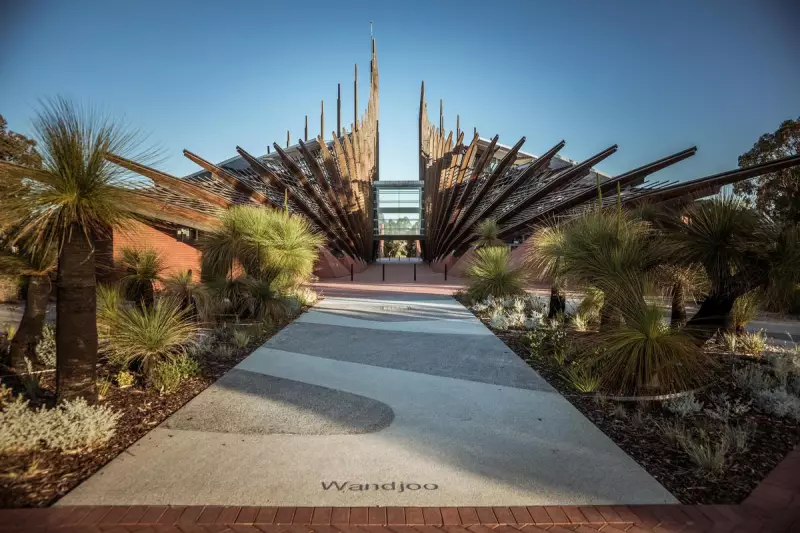
Australian universities are caught in an international arms race of architectural extravagance, where stunning buildings trump student outcomes. This global phenomenon sees institutions worldwide pouring billions into lavish facilities while educational quality stagnates.
The Global Prestige Game
Universities across the planet, including Australia's elite institutions, have developed what experts call an 'edifice complex' - an obsession with constructing magnificent buildings that serve as monuments to institutional prestige rather than enhancing learning experiences. This trend sees universities competing to create the most spectacular campuses, often at the expense of educational substance.
The obsession with physical infrastructure has become so pronounced that many institutions now measure their success by architectural achievements rather than academic outcomes. From state-of-the-art research facilities to designer student commons, the construction continues unabated while fundamental educational needs sometimes take a back seat.
The Australian Education Landscape
In Australia, this global trend manifests in universities prioritizing international rankings and physical expansion over core educational missions. The competition for global recognition drives institutions to invest heavily in impressive infrastructure projects that look good on prospectuses and ranking surveys.
This focus on appearances creates a troubling disconnect between institutional priorities and student needs. While universities showcase their architectural achievements, questions remain about whether these investments translate into better learning experiences or improved graduate outcomes for Australian students.
The situation reflects a broader global pattern where higher education institutions increasingly resemble corporate entities focused on brand building rather than educational excellence. The pressure to attract international students and research funding fuels this construction frenzy, often leaving domestic students questioning where their tuition dollars truly go.
Consequences for Students and Society
This architectural arms race has significant implications for education affordability and accessibility. As universities pour resources into building projects, costs inevitably rise, contributing to increasing student debt burdens and potentially limiting access to higher education for disadvantaged Australians.
The emphasis on physical infrastructure also raises questions about educational priorities. Are students receiving value for their investment, or are they effectively subsidizing vanity projects designed to boost institutional prestige? Many educators and students alike wonder if these resources might be better directed toward improving teaching quality, reducing class sizes, or supporting student welfare services.
This global trend toward prioritizing buildings over learning represents a fundamental shift in higher education's purpose. As universities worldwide, including in Australia, continue their construction sprees, the sector must confront whether it's building monuments to institutional ego or genuinely enhancing educational outcomes for future generations.





